Thrill-seeking Andrew McAuley had one big goal he wanted to accomplish: to be the first solo kayaker to travel across the dangerous Tasman Sea from Australia to New Zealand.
The 38-year-old seasoned adventurer was no stranger to tackling daring feats, though his voyage through the rough waters of the Tasman Sea was to be his most savage outing yet.


When asked why he wanted to embark on such a dangerous journey, Andrew said, “There’s a great deal of satisfaction in coming up with an adventure that’s unlikely and improbable.”
The journey was so risky that Tasmanian police and Australia’s search and rescue service warned Andrew not to traverse the notoriously choppy sea.
Still, Andrew would plan the journey and set off on the 1,000-mile expedition alone in early 2007.
As promised, he kept in touch with friends and family to let them know he was safe and would often send them reassuring pictures and videos of his expedition.
Then, weeks into the journey, Andrew called the New Zealand Coast Guard with a distress call. It took a while to figure out what the scrambled message was saying.
Eventually, some words were deciphered: “help” and “sinking.”
The Beginnings Of An Adventurer
Andrew McAuley was born in August 1968 in New South Wales, Australia. He and his brother had an adventurous childhood. The siblings would climb trees, swim in waters they likely shouldn’t have been in, and they would even encourage each other to dive off tall cliffs.
It was clear from a young age that Andrew lived for adventure and the adrenaline it gave him.
When he was old enough to go traveling, that’s just what Andrew did. He traveled all over the world in his 20s, and on a trip to Patagonia, South America, he was introduced to kayaking. It was instant love for Andrew, and he began learning as much as he could about the sport.
In fact, in one instance, kayaking helped save Andrew and his friends from a storm while ascending mountains in Chile.
To escape the bad weather, the adventurer made use of a kayak to escape the treacherous weather. The tall, thin boats aided Andrew and his companions in getting through the storm unharmed, which only reinforced his love for the vessels.
After this, Andrew made a direct crossing of Bass Strait. The strait separates the island of Tasmania from the Australian mainland and isn’t known for its gentle waters. Andrew crossed the unforgiving sea in 35 hours, totaling almost 140 miles in the kayak.
Andrew wanted to test his skill and endurance even more. Next up, he took on a journey across the Gulf of Carpentaria, which has depths of 70 meters.
This trip was much more advanced than anything he’d embarked on before, and it saw Andrew sleeping in the kayak as he completed the week-long journey.
Andrew’s kayaking skills and appetite for exploring led the Australian Geographic Society to award him the title “Adventurer of the Year” in 2005. He was becoming a well-known figure among fellow adventurers and outdoorsmen.
With each of his feats being more daring and brave than the last, people wondered what adventure Andrew would embark on next.
When Andrew declared his next kayaking trip, the community was shocked. Andrew wanted to be the first solo kayaker to travel across the Tasman Sea from Australia to New Zealand. Nobody had done this before, and those who had tried had been unsuccessful.
It was a dangerous adventure to embark on. Many people warned Andrew not to do it. But, in December 2006, he set off on what he thought would be the adventure of a lifetime.
The Journey From Australia To New Zealand
Shortly after setting off, he had to turn back. The conditions were too bad for him to complete the journey comfortably, and he couldn’t sleep in the kayak as he’d expected. The vessel wasn’t fortified enough for him to keep warm through the freezing nights at sea.
Still, this didn’t stop Andrew from doing whatever it took to reach his goal. He amended the kayak and set sail again in January 2007.
While exploring the sea, Andrew took many videos and pictures, which he sent to family and friends. Some videos showed Andrew talking directly to the camera as he documented his journey.
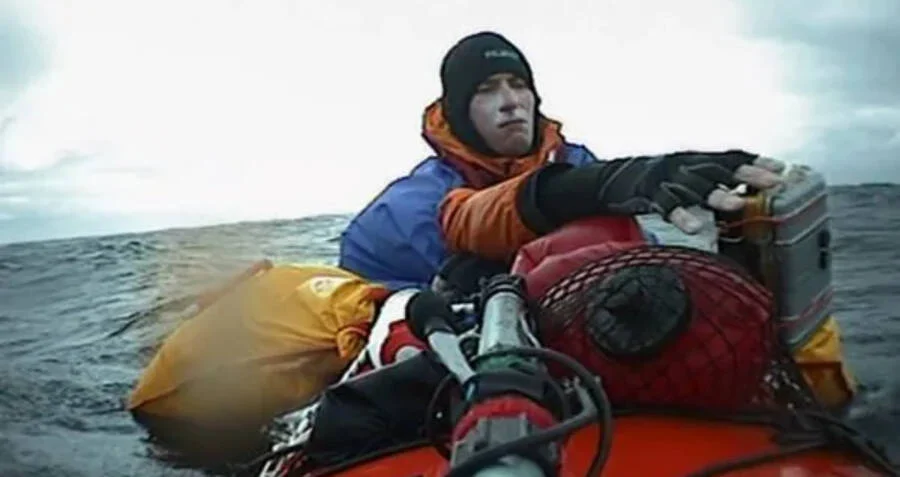
In one now ominous commentary, Andrew remarked that he hoped he hadn’t bitten off more than he could chew.
He followed up by saying although the views were stunning, a couple of things were slowly going wrong, meaning he just wanted the trip to be “over with.”
This was a stark difference from the determined, fearless explorer who’d begun the journey weeks earlier. It seemed Andrew had realized that the expedition was much more dangerous than he’d initially anticipated.
In one frightening episode, Andrew was caught in a powerful storm. The wind and rain battered the kayak so much that it plunged 30 feet beneath the water at times. The severe weather saw Andrew lock himself inside the kayak to avoid drowning.
Almost four weeks into the expedition, Andrew’s wish for the trip to be over was almost a reality. He’d just about completed the journey. It seemed like he’d made it through the worst of it and was about to tick another adventure off his bucket list.
By the first week of February, Andrew’s wife, Vicki McAuley, was relieved to receive a message from him promising to be back on land by Sunday morning.
He would never arrive.
The McAuley family and Andrew’s friends assembled to greet their loved one upon his return to land. They waited and waited. The longer they waited, the more concerned they grew. By this point, all communication from Andrew had ceased.
Shortly after, the New Zealand Coast Guard announced they’d received a distress message, though it was unintelligible. It was grainy and cut out at certain parts. Only after some extensive listening could they work out the caller was asking for help and said the word “sinking.”
Two days after Andrew failed to attend his welcome home gathering, a search party was sent to locate the missing adventurer. The rescue team found Andrew’s kayak in less than a day. The boat had capsized, and Andrew was nowhere to be seen.
The rescue team found it odd that the kayak, although upturned, was in great condition. It had a few chips and some surface-level damage from the storm that had occurred days prior, but it was in perfect working condition.
All of Andrew’s belongings remained inside the vessel. His personal items, radio, and everything he’d need to remain safe were all tucked safely inside the kayak.
There should have been no reason for Andrew to open up the cockpit and get out. But, for whatever reason, he had.
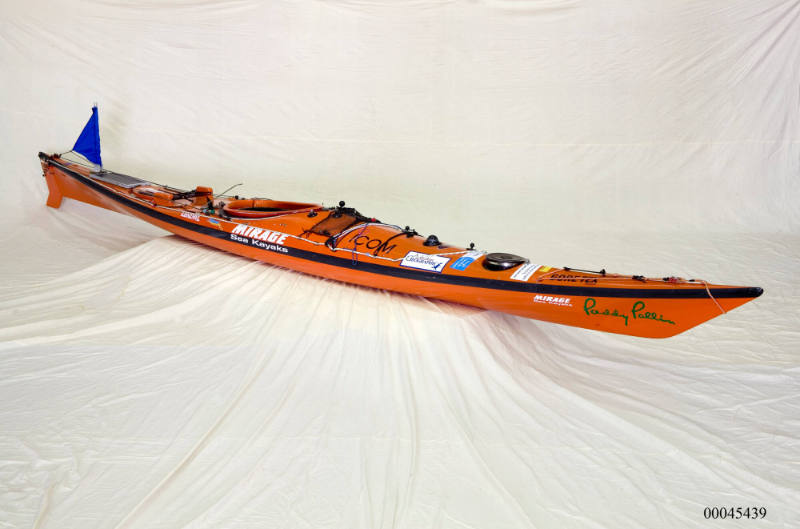
Theories and questions swirled, though the kayak’s maker offered his belief as to why Andrew vacated the boat. He believed the kayak capsized, and due to the amount of equipment in it, Andrew could not get it to flip the correct way; it was simply too heavy to maneuver.
Others have speculated that something more sinister was at play, while others suggest that some unexpected waves that came after the storm may have flung Andrew from the boat.
Sadly, nobody knows the truth.
Andrew is classed as missing, though he is presumed to be dead. Almost a year to the date of his disappearance, the McAuley family held a memorial service for him. The service saw the bereft family and hundreds of Andrew’s friends remember the adventurer and swap stories and memories of him.
A year after Andrew’s disappearance, production began on a film covering his ill-fated voyage, titled “Solo.” The producers used the recovered tapes of Andrew commentating on his journey and interviews with fellow adventurers to create the documentary. The film was positively reviewed and noted to have been “poetic” by one critic.
Vicki McAuley has written a book, also called “Solo,” about her late husband. Unlike the documentary, the publication is described as a “love story” focusing more on Andrews’s life and the tragic consequences of chasing extreme adventure.
Sources
https://paddlingmag.com/stories/people/andrew-mcauley-disappears-on-sea-kayak-trip
https://www.britannica.com/place/Bass-Strait
https://www.smh.com.au/national/extreme-kayakers-final-tape-revealed-20070227-gdpjyz.html



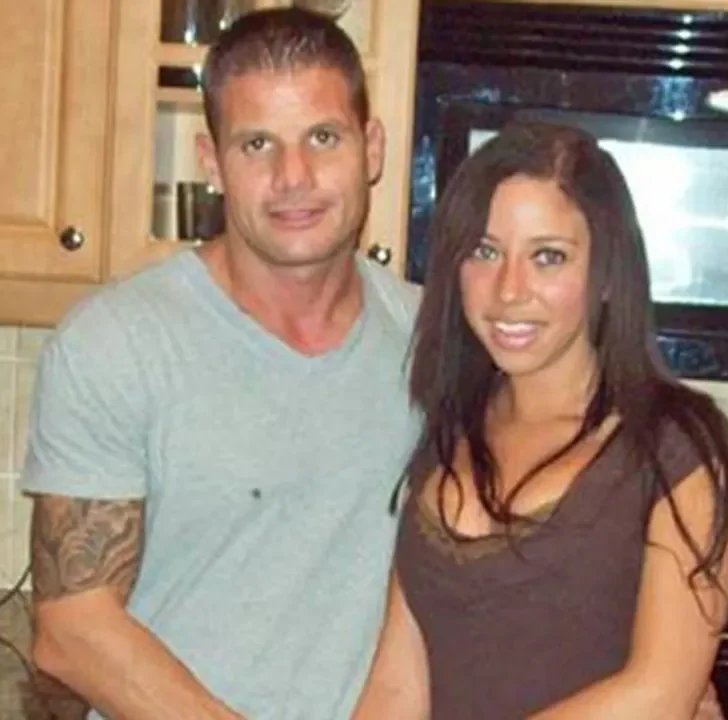
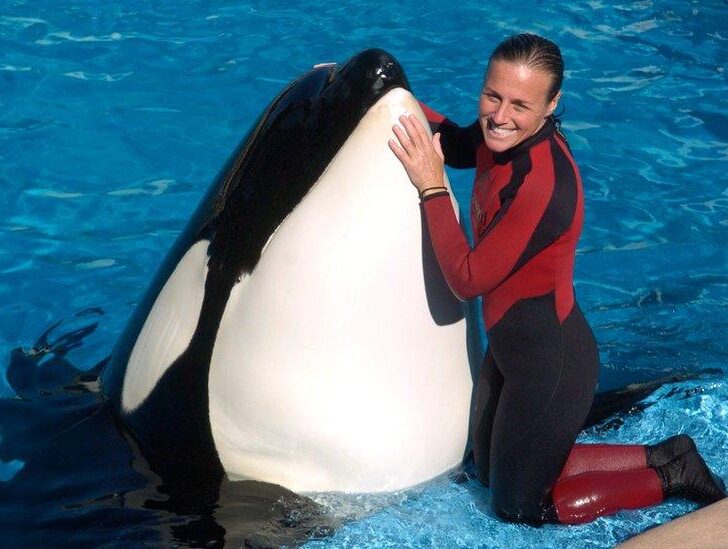
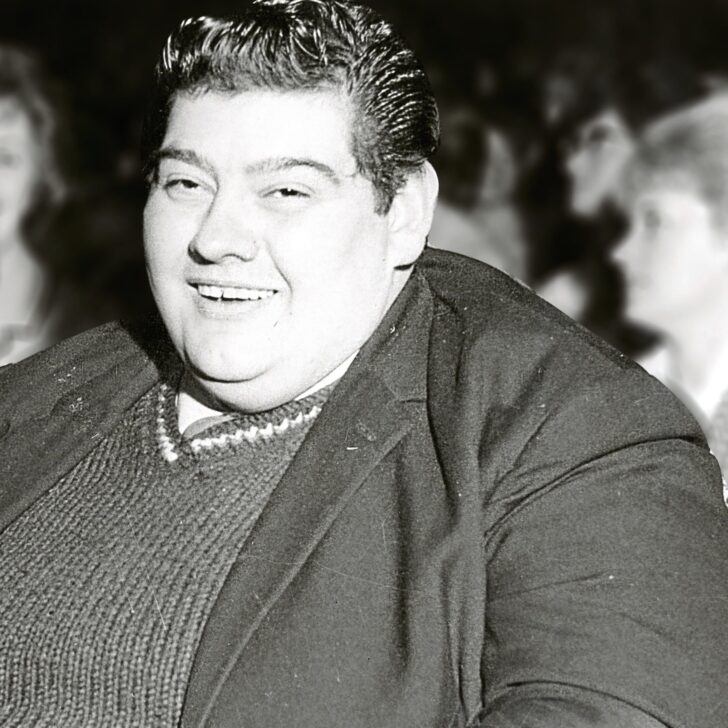




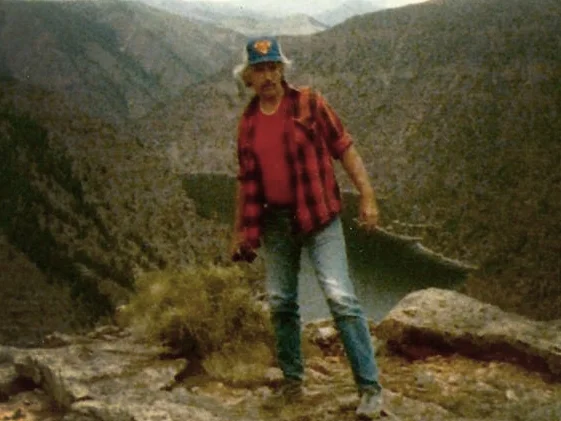
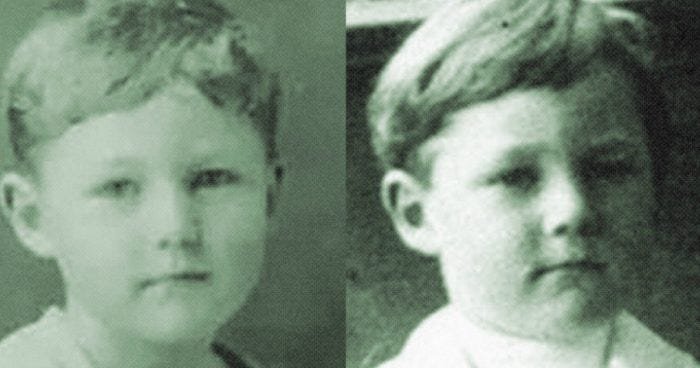

Leave a comment